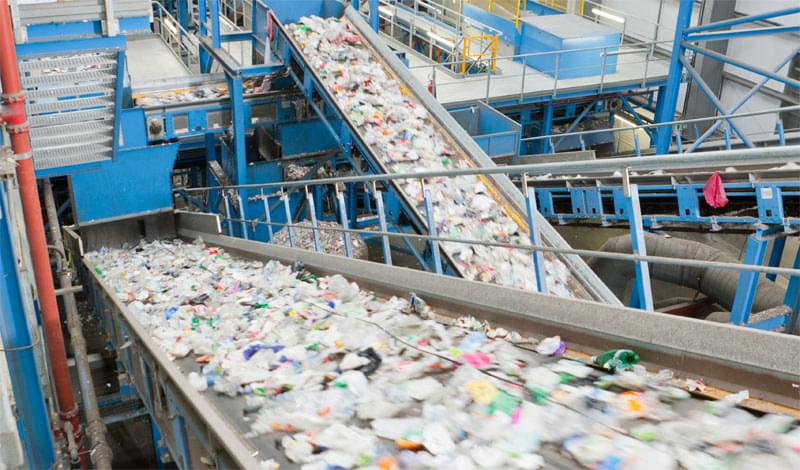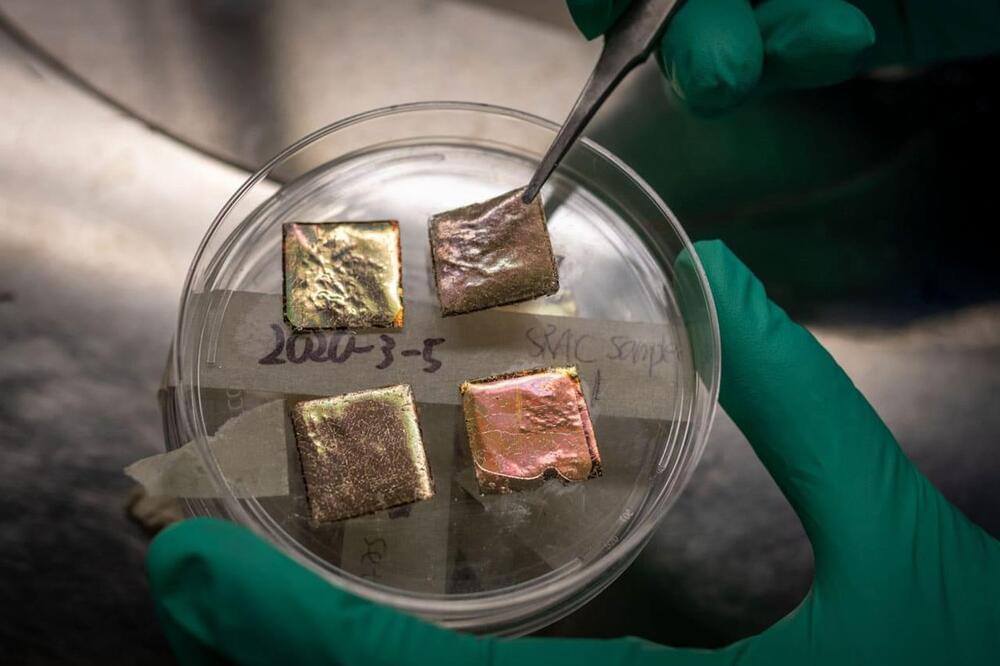
Inspired by the growth of bones in the skeleton, researchers at the universities of Linkoping in Sweden and Okayama in Japan have developed a combination of materials that can morph into various shapes before hardening. The material is initially soft but later hardens through a bone development process that uses the same materials found in the skeleton.
When we are born, we have gaps in our skulls that are covered by pieces of soft connective tissue called fontanelles. It is thanks to fontanelles that our skulls can be deformed during birth and pass successfully through the birth canal. Post-birth, the fontanelle tissue gradually changes to hard bone. Now, researchers have combined materials that together resemble this natural process. “We want to use this for applications where materials need to have different properties at different points in time. Firstly, the material is soft and flexible, and it is then locked into place when it hardens. This material could be used in, for example, complicated bone fractures. It could also be used in microrobots — these soft microrobots could be injected into the body through a thin syringe, and then they would unfold and develop their own rigid bones”, says Edwin Jager, associate professor at the Department of Physics, Chemistry and Biology (IFM) at Linkoping University.
The idea was hatched during a research visit in Japan when materials scientist Edwin Jager met Hiroshi Kamioka and Emilio Hara, who conduct research into bones. The Japanese researchers had discovered a kind of biomolecule that could stimulate bone growth under a short period of time. Would it be possible to combine this biomolecule with Jager’s materials research, to develop new materials with variable stiffness? In the study that followed, published in Advanced Materials, the researchers constructed a kind of simple “microrobot”, one which can assume different shapes and change stiffness. The researchers began with a gel material called alginate. On one side of the gel, a polymer material is grown. This material is electroactive, and it changes its volume when a low voltage is applied, causing the microrobot to bend in a specified direction.

















